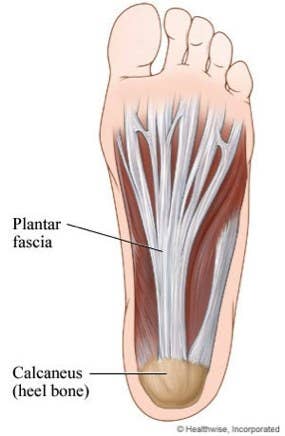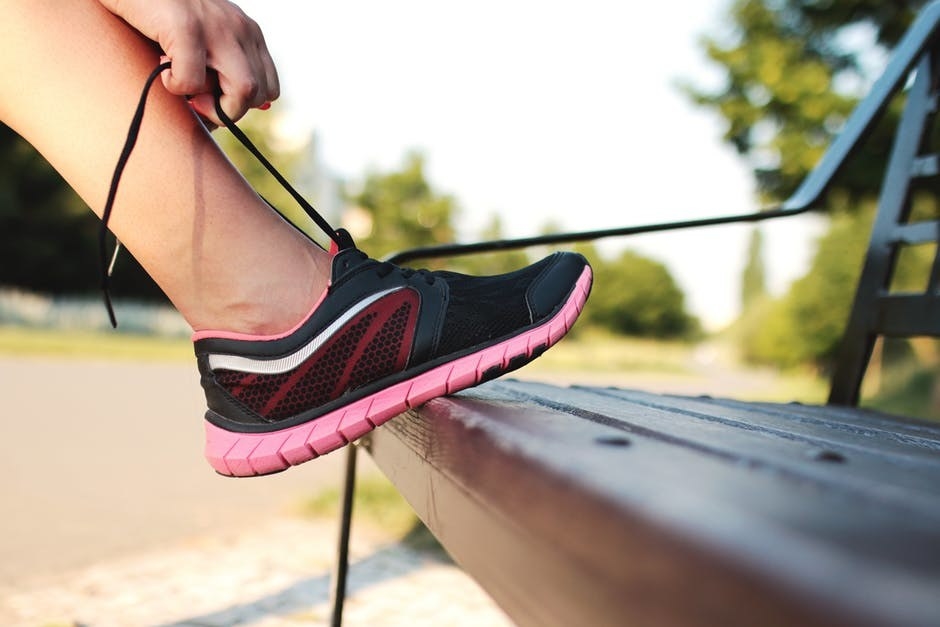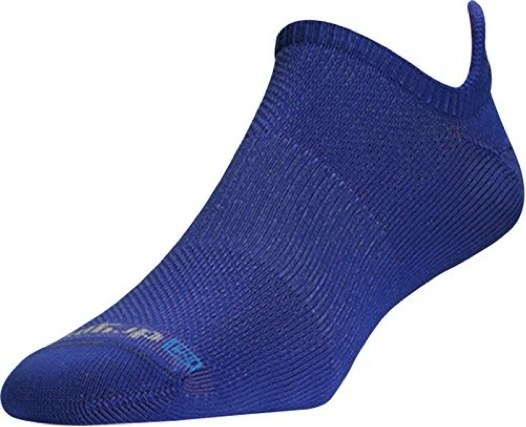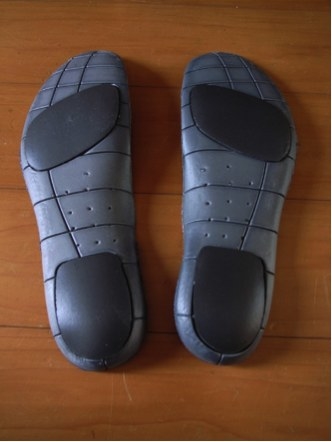Intro
Millions of Americans wake up in the morning feeling intense pain and terrible stiffness. Some people suffer from tight joints, while others deal with tremendous back pain. What could be worse? It is arguable that heel pain is the worst of all. And of course, the mass majority of heel pain is linked to plantar fasciitis. This unique foot condition primarily impacts the plantar fascia, which is the band of tissues connecting the heel bond to the toes. It is also responsible for supporting the natural arch of the foot.
The most common symptoms associated with this condition include weakness, stiffness, inflammation, swelling, and pain. Wearing the right shoes can truly make a world of difference for someone suffering from plantar fasciitis. Below, you’re going to learn how to choose shoes that will help to alleviate your pain and stiffness.
Plantar Fascia

#1 Get The Right Fit
Before getting in too deep, it is absolutely pertinent to stick with the basics. For starters, you’ll want to make sure that you’re getting the right size. Choosing shoes that do not fit well is going to cause terrible problems in the near future. In fact, the wrong shoes can intensify the symptoms associated with plantar fasciitis. Unfortunately, getting the right size can be a little more difficult than you could ever imagine. First, measuring your foot can be a little awkward. Secondly, the sizes tend to vary from brand to brand.
This is why it is generally a good idea to visit your local shoe store to try on the shoes in person. In most cases, a professional will be there to assist you! Plus, you’ll be able to give the shoes a test run through the store.

#2 Check The Toebox Size
Rectifying plantar fasciitis often requires the patient to stretch their toes. This will be impossible, if you choose a pair of shoes with a tiny toebox. At the same time, nobody likes wearing shoes that cause their toes to cramp up. To ensure that you’ll remain comfortable all the while, you should opt for a wider toebox. Be sure that your toes will be able to wiggle freely.
#3 Get Plenty Of Heel Cushioning
As you probably already realize, plantar fasciitis has a major impact on the heel. With this in mind, it is absolutely pertinent to ensure that your shoes provide this portion of the foot with an extra amount of cushioning. Your shoe of choice should provide you with a sufficient amount of cushioning, so that the impact of each step will be reduce significantly. The extra heel cushioning will remove stress from your foot and heel no matter how long you run or walk.

#4 Do Not Ignore The Socks
While the shoes themselves are enormously important, you should not neglect the socks. Wearing the wrong socks can make pretty much any shoe uncomfortable and annoying. Socks can prove a little extra comfort and a little more cushioning as well. Just remember that you want to choose socks that are fairly thin. If the socks are too thick, they may consume too much space and cause the shoes to become cramped.
Also, make sure that you avoid socks with thick seams. You do not want the socks rubbing your toes and causing blisters. The right socks should deliver plenty of breathability and you should still be able to wiggle your toes freely in your shoes.

#5 Removable Soles
When it comes down to it, the mass majority of shoes are not specifically designed for the treatment of plantar fasciitis. Therefore, there is a good chance that you’ll need to make alterations to make the shoes more accommodating. And of course, you should realize that the inner soles will be the most vital component of all. This will be the portion of the shoe that provides cushioning to the heel. Make sure that you choose a pair of shoes that is equipped with a removable inner sole. With a removable inner sole, you’ll be able to enhance the comfortability of pretty much any shoe.
If the original inner doesn’t provide you with the support you need, you can always pull it out and replace it with something better. Simultaneously, a removable inner will give you the ability to replace the sole when it has become flat and worn out.
#6 Arch Support
Some people with plantar fasciitis make the mistake of choosing a shoe with little to no arch support. The shoe should be designed in a way that it is capable of support the arches, even when you are standing, squatting, walking or running. Without sufficient arch support, you will put your feet at risk of injury or developing flat feet. This condition can alter your balance or gait for the rest of your life unless it is properly treated.
Arch support will only lessen plantar fasciitis pain, but it can also prevent it. The pain can become so severe that it will control your life, preventing you from enjoying activities and important duties. If you have been diagnosed with plantar fasciitis, you will require specialized support.
#7 Elevated Heels
When it comes to dealing with heel pain or plantar fasciitis, you must have a shoe with an elevated heel and a rocker sole. The reason for this is because shoes with a flat or neutral heel will cause your feet to bear all your body weight, which creates more pressure on the plantar ligaments. This will eventually lead to pain in the plantar area.
Summary
Plantar fasciitis and heel pain in general can be annoying and sometimes debilitating. Nevertheless, a lot of people suffer from these problems and they still live life to the fullest. With this in mind, you should not feel hopeless. Just equip yourself with the right pair of shoes and you’ll find it much easier to make it through the day. Just remember that your shoes alone will not completely rectify the problem. Take actions and begin stretching and exercising the foot to remedy the problem all together.

